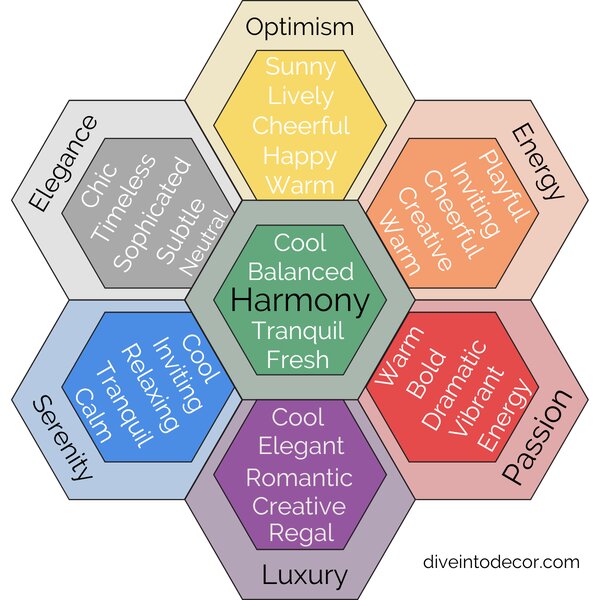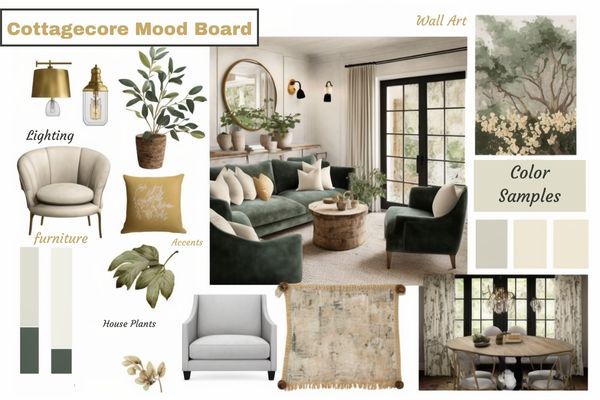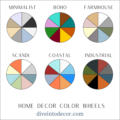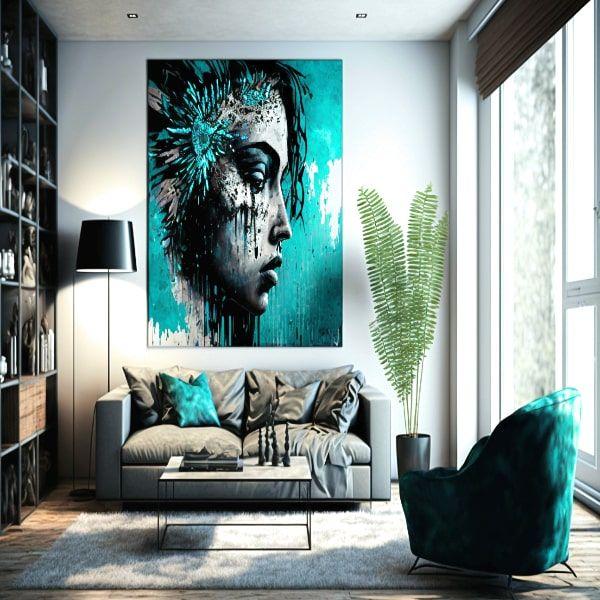How Colors Affect Your Mood and Atmosphere
Color psychology plays a significant role in home decor, influencing how you feel and experience your living space. In this quick read, we’ll explore the impact of colors on our emotions and provide tips for selecting the right colors to create the desired atmosphere in your home. To understand how to choose the perfect color palette for your living space, read our previous article on choosing the right color palette.
Diveintodecor.com is reader supported. This means that when you purchase through links on our site, We may earn an affiliate commission. We only recommend products we believe in. Thank you for supporting our site.
Understanding Color Psychology
Color psychology is the study of how different colors can evoke various emotions and psychological responses. Here are some common colors and their associated emotions:
- Red: Passion, energy, excitement, and warmth. Red can also stimulate appetite, making it a popular choice for dining rooms and kitchens.
- Blue: Calmness, serenity, and relaxation. Blue is often used in bedrooms and bathrooms to create a soothing environment.
- Green: Balance, harmony, and rejuvenation. Green is associated with nature and can promote a feeling of tranquility and freshness.
- Yellow: Happiness, optimism, and warmth. Yellow can brighten up spaces and evoke positive emotions, but be cautious with its use, as intense shades can cause feelings of agitation or anxiety.
- Purple: Creativity, luxury, and sophistication. Purple can add depth and drama to a space, particularly when used in darker shades.
- Orange: Enthusiasm, energy, and warmth. Orange is a lively color that can add vibrancy to social spaces like living rooms.
- Gray: Elegance, sophistication, and neutrality. Gray is a versatile color that can serve as a backdrop for bold accents or create a calming atmosphere in a room.

Tips for Using Color Psychology in Home Decor
- Identify the desired mood: Before selecting colors for your home, consider the mood you want to create in each room. A happy home can be achieved by using colors that evoke positive emotions and match the intended purpose of the space.
- Balance warm and cool tones: Combining warm and cool colors can create a harmonious atmosphere. For example, pair cool blues with warm yellows or oranges to create a balanced and inviting environment.
- Consider the room’s function: The intended purpose of a room should guide your color choices. For example, choose calming colors like blues and greens for spaces meant for relaxation, such as bedrooms, and opt for bolder hues in social areas like living rooms.
- Use accents to incorporate bold colors: If you’re hesitant to use bold colors on walls or large furniture items, consider adding them through accents like throw pillows, artwork, or other decorative objects.
- Experiment with color: Don’t be afraid to try new color combinations or incorporate different shades and tones of the same color. Get inspiration from decor styles and create a mood board to visualize how various colors work together.
By understanding color psychology and applying these tips, you can create a home environment that reflects your unique style while evoking the desired mood and atmosphere. Remember, there are no strict rules when it comes to choosing colors for your home – trust your instincts and let your creativity shine.

Aliss Anos
Home Decor Enthusiast, Blogger & Illustrator
Aliss is a passionate home decor enthusiast, illustrator, and the creative mind behind DiveIntoDecor.com. She shares her love for all things stylish and cozy, offering readers a wealth of knowledge, tips, and inspiration to transform their homes into beautiful sanctuaries. As an illustrator, she enjoys designing modern wall art, available on sites like Zazzle and Society6.
When she’s not busy curating content for her blog, Aliss loves exploring the latest trends and DIY projects on Pinterest and Instagram. Keep up to date with DiveIntoDecor.com’s latest updates by connecting with her on her favorite platforms:



